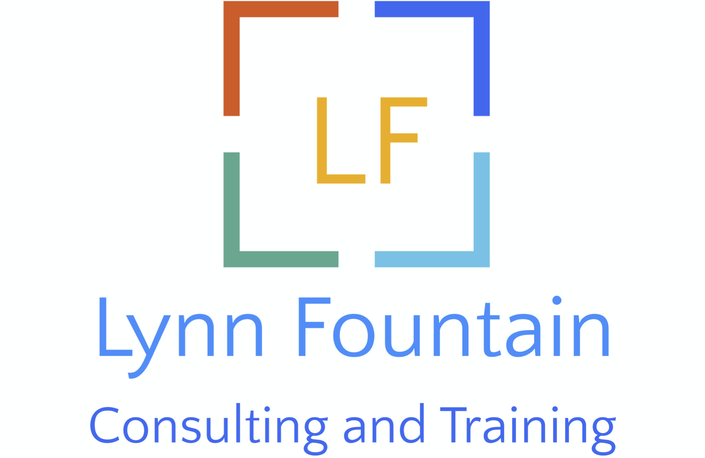
COSO Control Environment
Field: Auditing | Delivery Method: Self Study | CPE Hours: 1.0
Enroll in Course
It's been more than 28 years since the Committee of Sponsoring Organizations of the Treadway Commission (COSO) released its Internal Control—Integrated Framework (the original framework). The new framework became effective in December 2014. Professionals must first obtain a basic understanding of the concepts, principles and potential impact, including changes from the 1992 framework and the key COSO components and related principles.
- Control Environment
- Risk Assessment
- Control Activities
- Information & Communication
- Monitoring
- The organization demonstrates commitment to integrity and ethical values.
- The Board maintains independence from management and exercises oversight of internal control.
- Management establishes structure, reporting lines, and appropriate authority and responsibility.
- The organization demonstrates commitment to attract, develop and retain competent individuals.
- The organization holds individuals accountable for internal control responsibilities.
- Defining the Control Environment for COSO 2013
- Examine the five principles supporting the control environment.
- Discuss points of focus that support the five principles of the control environment and how to utilize these points of focus most efficiently in your transition process.
- Design of principles vs. execution – understanding the critical difference.
- How the control environment sets the “tone” for the remaining components.
Field: Auditing
CPE: 1
Delivery Method: Self-Study
Format: Video
Your Instructor

Consultant, CPA, CGMA, CRMA, MBA, Past Chief Audit Executive
Business Consultant, Trainer, Author
Ms. Fountain has over 40 years of experience spanning public accounting, industry accounting and consulting. Sixteen years of that experience has been in the field of internal audit, risk managment and process improvement. She is well adept to assist your organization evaluate business strategy, perform risk assessments, establish a Sarbanes-Oxley process, synergizing internal audit processes or perform process improvement projects.
As a past corporate executive Lynn has a passion for working with professionals to enhance their processes and provide leading edge education. She has authored and delivered hundreds of training courses for accounting, finance and audit professionals. Her training is filled with not just theory but real world application.
Ms. Fountain has authored three technical publications:
-Leading the Internal Audit Function
-Raise the Red Flag
-Ethics and the Internal Auditor's political dilemma
Lynn is a recognized leader in the internal audit profession as well as a recognized business professional.
Ms. Fountain obtained her BSBA from Pittsburg State University and her MBA from Washburn University in Kansas. She has active, current CPA, CGMA, and CRMA credentials.
